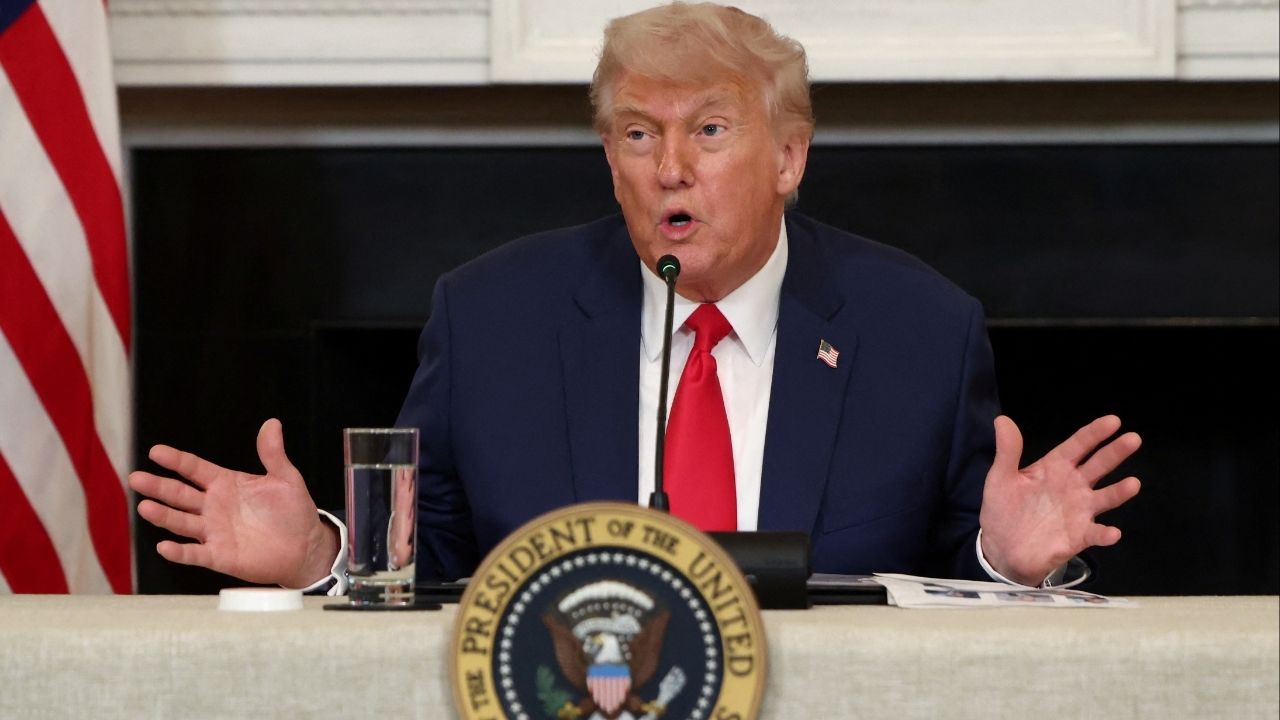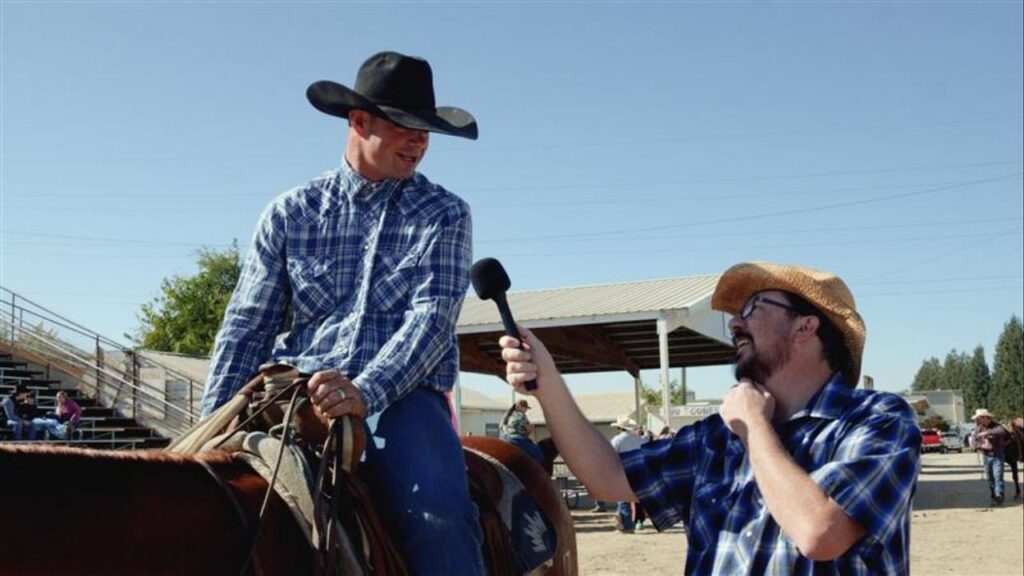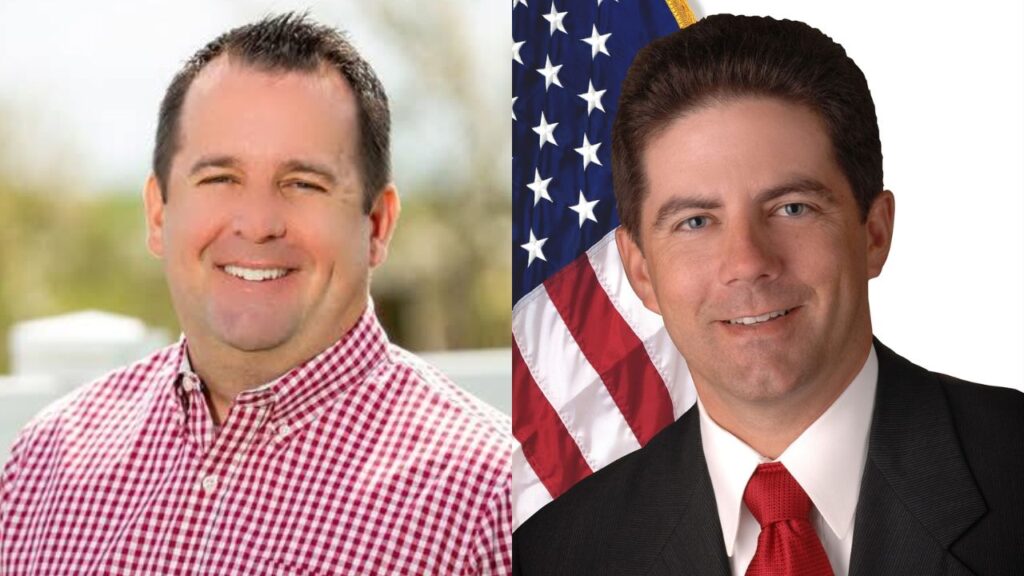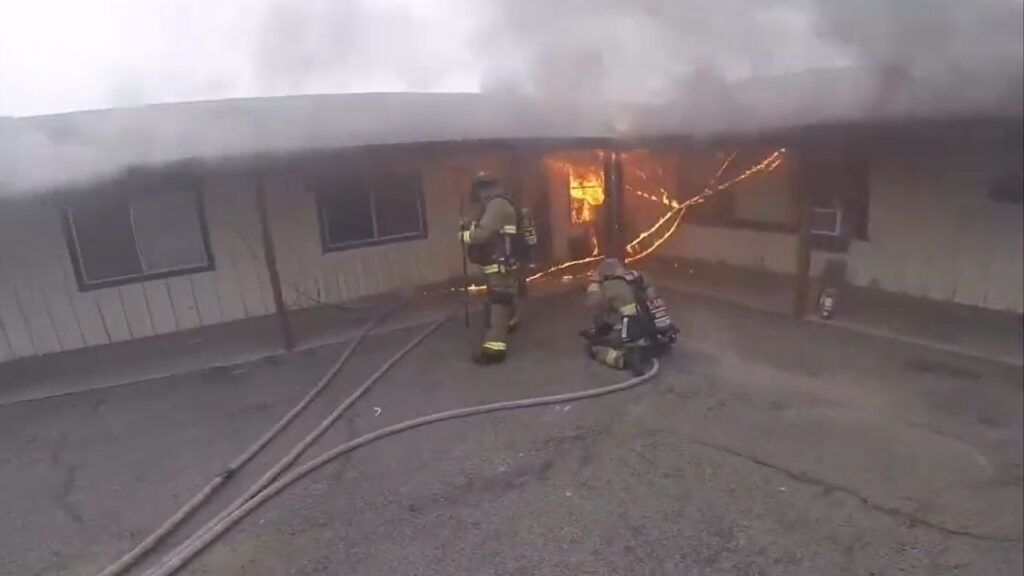President Donald Trump speaks during an Invest America Roundtable in the State Dining room, at the White House, in Washington, U.S., June 9, 2025. (Reuters/Evelyn Hockstein)

- Netanyahu planned strike on Iran, prompting Trump to weigh options between diplomacy, limited support, or full U.S. military involvement.
- Trump’s aides warned Israel would attack, leading to behind-the-scenes intelligence support and eventual shift toward deeper U.S. involvement in conflict.
- Tensions rose after Iran rejected U.S. deal, as Israel launched strikes and Trump flirted with bunker-buster support for Fordo facility.
Share
|
Getting your Trinity Audio player ready...
|
By the end of last month, American spy agencies monitoring Israel’s military activities and discussions among the country’s political leadership had come to a striking conclusion: Prime Minister Benjamin Netanyahu was planning for an imminent attack on Iran’s nuclear program, with or without the participation of the United States.
Netanyahu had spent more than a decade warning that an overwhelming military assault was necessary before Iran reached the point that it could quickly build a nuclear weapon. Yet he had always backed down after multiple American presidents, fearful of the consequences of another conflagration in the Middle East, told him the United States would not assist in an attack.
But this time, the U.S. intelligence assessment was that Netanyahu was preparing not just a limited strike on the nuclear facilities but a far more expansive attack that could imperil the Iranian regime itself — and that he was prepared to go it alone.
Trump Facing Difficult Choices
The intelligence left President Donald Trump facing difficult choices. He had become invested in a diplomatic push to persuade Iran to give up its nuclear ambitions and had already swatted down one attempt by Netanyahu, in April, to convince him that the time was right for a military assault on Iran. During a strained phone call in late May, Trump again warned the Israeli leader against a unilateral attack.
But over the last several weeks, it became increasingly apparent to Trump administration officials that they might not be able to stop Netanyahu this time, according to interviews with key players in the administration’s deliberations over how to respond and others familiar with their thinking. At the same time, Trump was getting impatient with Iran.
Contrary to Israeli claims, senior administration officials were unaware of any new intelligence showing that the Iranians were rushing to build a nuclear bomb. But seeing they would most likely not be able to deter Netanyahu and were no longer driving events, Trump’s advisers weighed alternatives.
At one end of the spectrum was sitting back and doing nothing and then deciding on next steps once it became clear how much Iran had been weakened by the attack. At the other end was joining Israel in the military assault, possibly to the point of forcing regime change in Iran.
Trump chose a middle course, offering Israel as-yet undisclosed support from the U.S. intelligence community to carry out its attack and then turning up the pressure on Tehran to give immediate concessions at the negotiating table or face continued military onslaught.
Five days after Israel launched its attack, Trump’s posture continues to gyrate.
Trump Considering Sending American Aircraft
Now Trump is seriously considering sending American aircraft in to help refuel Israeli combat jets and to try to take out Iran’s deep-underground nuclear site at Fordo with 30,000-pound bombs.
The story of what led up to the Israeli strike is one of two leaders in Trump and Netanyahu who share a common goal — preventing Iran from getting a nuclear bomb — but who are wary of each other’s motives.
Interviews with two dozen officials in the United States, Israel and the Persian Gulf region show how Trump vacillated for months over how and whether to contain Netanyahu’s impulses as he confronted the first foreign policy crisis of his second term. It was a situation he faced with a relatively inexperienced circle of advisers handpicked for loyalty.
As he rushed back to Washington from a Group of 7 summit in Canada early Tuesday, Trump took issue with an element of public testimony of Tulsi Gabbard, his director of national intelligence, that the intelligence community did not believe Iran was actively building nuclear weapons even as it enriches uranium that could ultimately be used for a nuclear arsenal. “I don’t care what she said,” Trump told reporters. “I think they were very close to having them.”
Asked for comment, a White House spokesperson pointed to public comments made by Trump about not allowing Iran to obtain a nuclear weapon.
When Trump met with his top advisers at Camp David late on June 8, to review the fast-evolving situation, the CIA director, John Ratcliffe, provided a blunt assessment.
It was highly likely, he said, that Israel would soon strike Iran, with or without the United States, according to two people familiar with the briefing, who spoke on the condition of anonymity.
Trump’s advisers had been preparing for this moment. In late May, they had seen intelligence that made them concerned that Israel was going to move ahead with a major assault on Iran.
Intelligence Says Trump Has a Range of Options
Based on that intelligence, Vice President JD Vance and Marco Rubio, in his joint role as secretary of state and national security adviser, encouraged an effort to give the president a range of options so he could make quick decisions if necessary about the scope of American involvement.
The day after the Camp David meeting, June 9, Trump got on the phone with Netanyahu. The Israeli leader was unequivocal: The mission was a go.
Netanyahu laid out his intentions at a high level, according to three people with knowledge of the call. He made clear that Israel had forces on the ground inside Iran.
Trump was impressed by the ingenuity of the Israeli military planning. He made no commitments, but after he got off the call, he told advisers, “I think we might have to help him.”
Still, the president was torn over what to do next. He had wanted to manage Iran on his own terms, not Netanyahu’s, and he had professed confidence in his deal-making abilities. But he had come to believe that the Iranians were stringing him along.
Unlike some in the anti-interventionist wing of his party, Trump was never of the view that America could live with, and contain, an Iran with a nuclear bomb. He shared Netanyahu’s view that Iran was an existential threat to Israel.
Israel had begun preparing in December for an attack on Iran, after the decimation of Hezbollah, an Iranian proxy, and the collapse of the Assad regime in Syria, opening up airspace for a bombing campaign.
Netanyahu Visits Trump in February
Netanyahu made his first visit of the second Trump term to the White House on Feb. 4.
Netanyahu gave Trump a presentation about Iran in the Oval Office, walking him through images of the country’s various nuclear sites.
Israeli intelligence showed that Iran was making cruder and faster efforts to get to a nuclear weapon, and the weaker the Iranians got, the closer they moved to the bomb.
The Israelis made an additional argument to Trump: If you want diplomacy to succeed you have to prepare for a strike, so there is real force behind the negotiations. Privately, they fretted that Trump would take what they viewed as an inadequate deal with Iran and that he would then declare mission accomplished.
After his election in November, Trump had named a close friend, Steve Witkoff, as his Middle East envoy, and gave him the job of trying to reach a deal with Iran.
Trump knew he was wading into dangerous political territory. The Israel-Iran issue splits Trump’s coalition, pitting an anti-interventionist faction, led by media figures like influential podcast host Tucker Carlson, against anti-Iran conservatives like radio host Mark Levin.
But inside the administration, ideological divisions were far less important than they were in Trump’s first term, when officials like Defense Secretary Jim Mattis and Secretary of State Rex Tillerson viewed the president as reckless and in need of being restrained from his impulses.
In April, the Trump team began a series of negotiations in Oman, with the U.S. side of the talks led by Witkoff, along with Michael Anton, director of policy planning at the State Department. By the end of May, the Trump team had delivered a written proposal to the Iranians.
It called for Iran to ultimately stop all enrichment of uranium and proposed the creation of a regional consortium to produce nuclear power that would potentially involve Iran, the United States and other Gulf states.
Trump Pursues Diplomatic Solution
Even as Trump pursued a diplomatic solution, he seemed convinced by one thing the Israelis had said to him: having credible military options would give him a stronger hand in negotiations with Iran.
By the middle of February, in coordination with the Israelis, Gen. Michael Erik Kurilla, the head of Central Command, had developed three main options. The first and most minimal was U.S. refueling and intelligence support for an Israeli mission. The second was Israeli and American joint strikes. The third was a U.S.-led mission with Israel in a supporting role. It would have involved American B-1 and B-2 bombers, carrier aircraft and cruise missiles launched from submarines.
But as Witkoff pursued negotiations with Tehran, the Israelis grew impatient.
Netanyahu made a quick visit to Trump at the White House in April. Among other requests, he asked for the American bunker-buster bomb to destroy the underground nuclear site at Fordo.
Trump was unpersuaded, and in the days after the meeting, his team made a full-court press to stop the Israelis from launching preemptive strikes against Iran.
The president was concerned that Israel would strike out on its own or scuttle his diplomacy if Netanyahu did not like where his deal was heading. The Trump team also worried about what would happen if Israel launched strikes against Iran but failed to destroy all of its nuclear facilities.
As May turned to June, Witkoff told colleagues that the United States and Iran were on the brink of a deal. But June 4, Iran’s supreme leader, Ayatollah Ali Khamenei, rejected the U.S. proposal. Trump was beginning to feel as if the Iranians were not serious about a deal, advisers said.
Publicly, Trump was still stressing the importance of giving diplomacy a chance. And while doing so was not intended to deceive the Iranians about the immediacy of a potential attack from Israel, the possibility that it might keep Iran from going on heightened alert was a welcome side effect, a U.S. official involved in the discussions said.
But last Wednesday, there was no indication of any negotiated breakthrough, and by that point Trump’s inner circle knew the attack would start the next day.
Trump in White House Situation Room as Strikes Unfold
Trump joined his national security team in the White House Situation Room on Thursday evening as the first wave of strikes was unfolding and was still keeping his options open. Earlier that day he was telling advisers and allies that he still wanted to get a deal with Iran.
The first official statement from the administration after the strikes came not from Trump but from Rubio, who distanced the United States from the Israeli campaign and made no mention of standing by an ally, even though the U.S. intelligence community was already providing support.
But as the night wore on and the Israelis landed a series of precision strikes against Iranian military leaders and strategic sites, Trump began to change his mind about his public posture.
When he woke Friday morning, Fox News was broadcasting wall-to-wall imagery of what it was portraying as Israel’s military genius. And Trump could not resist claiming some credit for himself.
In phone calls with reporters, Trump began hinting that he had played a bigger behind-the-scenes role in the war than people realized. Privately, he told some confidants that he was now leaning toward a more serious escalation: going along with Israel’s earlier request that the United States deliver powerful bunker-busting bombs to destroy Iran’s nuclear facility at Fordo.
—
This article originally appeared in The New York Times.
By Jonathan Swan, Maggie Haberman, Mark Mazzetti and Ronen Bergman
c. 2025 The New York Times Company



















